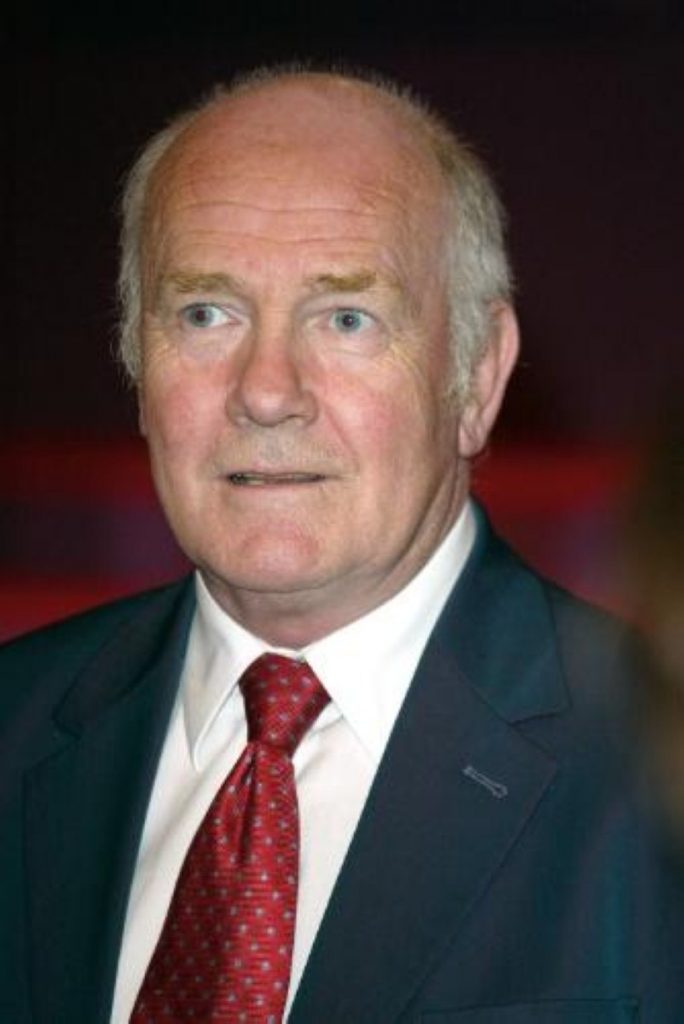Emergency care “envy of the world” says Government tsar
Britain’s A&E department now treat 96 per cent of patients within four hours and are envied around the world, the Government’s emergency care tsar has said.
Sir George Alberti said that “groundbreaking” progress had seen A&E departments leap from a rate of 70-80 per cent for the same target to 96 per cent in the last quarter, and he was “modestly confident” that the 98 per cent target would be reached by the year’s end.
Speaking today, he insisted: “The NHS has transformed its emergency care performances so that it is now the envy of the world.
“At the beginning of last year, almost a quarter of patients spent more than four hours in A&E. Now, it is less than one in 20 patients. In just over two months, it is set to be just one in 50 or less. The A&E target was groundbreaking and more ambitious than any international equivalent. The NHS has transformed its emergency care performances so that it is now the envy of the world.


“Two years ago, a Commonwealth Institute report on emergency care included England as one of the countries in which waiting was a fundamental challenge – together with the United States, Canada, New Zealand and Australia. This year, at the 10th International Conference on Emergency Medicine, long waits were highlighted as a continuing issue around the world. By contrast the NHS in England was hailed as an exemplary success.”
Health Secretary John Reid welcomed the report, but said: “We are not complacent about these sustained improvements in emergency care and recognise that more work is needed to provide even better and quicker services for patients.
“Traditionally winter is the season when the NHS is under the greatest pressure. There is an increase in respiratory ailments, flu and accidents due to the bad weather. This can lead to a rise in hospital admissions, especially among older people. We mustn’t take our eye off the ball if we are to continue to improve services in emergency care.”
Lib Dem spokesman Paul Burstow, however, branded the report as “utterly complacent”. Mr Burstow said: “Overworked staff and frustrated patients will not recognise this perfect picture of a shiny happy A&E.
“Of course the new investment and the hard work of dedicated emergency staff has led to improvements in waiting times. But there is still a huge amount to be done to tackle staff shortages and ensure that increases in services like NHS Direct do not mean that A&E departments lose vital staff.”
Outlining his conclusions in more detail at a press conference yesterday, Sir George spoke out against the old methods of “dumping” people in A&E waiting rooms, and said that in the past two years the NHS had for the first time collected data on every reason why people were forced to wait.
Most delays occurred because people were waiting for a bed somewhere else in the hospital, waiting to see a specialist, or waiting for diagnosis. Each of those problems was being dealt with step by step.
For example, on the shortage of beds, it was often not the fault of people working in A&E but a failure to free up the beds early enough in the day by discharging people who were fit to go home. This could be dealt with by creating “discharge lounges”, he said.
Another new idea was assessment units where people could be examined to see whether they needed to be moved to a specialist ward or could be quickly treated and sent home.
A&E wards were making increasing use of non-specialist staff under the “see and treat” policy, as many injuries treated there were relatively minor.
Sir George said the NHS was now breeding a new type of specialist “consultant physicians” and were aiming to get three such physicians into each assessment unit by 2008.
The health service was trying to encourage international recruitment in this area, but progress was slow, and he admitted the BMA’s decision 15 years ago that it had enough medical students was hampering efforts now.
However, numbers would be built up “slowly and surely”, without “pushing and shoving”, he said. And he warned against making the package for international recruits “too attractive” as it would put them out of step with other doctors.
Asked why improvements in A&E still were not enough to keep pace with demand, he said demand was increasing “much more slowly” than reports in the media indicated, but admitted it was “frightening” nonetheless.
However, he thought increased demand on A&E services was in fact a sign of success – more people were using them because they had heard about improvements and were confident they would not be left sitting there “all weekend”.
Sir George added that GPs could take some of the load off A&E because they were ideally suited for dealing with minor injuries, and that more primary care facilities should be built near to A&E departments.
Greater public awareness of primary care was needed as well, he said: “We need better information for the public because there are certainly a significant number of 999 calls which are for relatively trivial reasons.”

